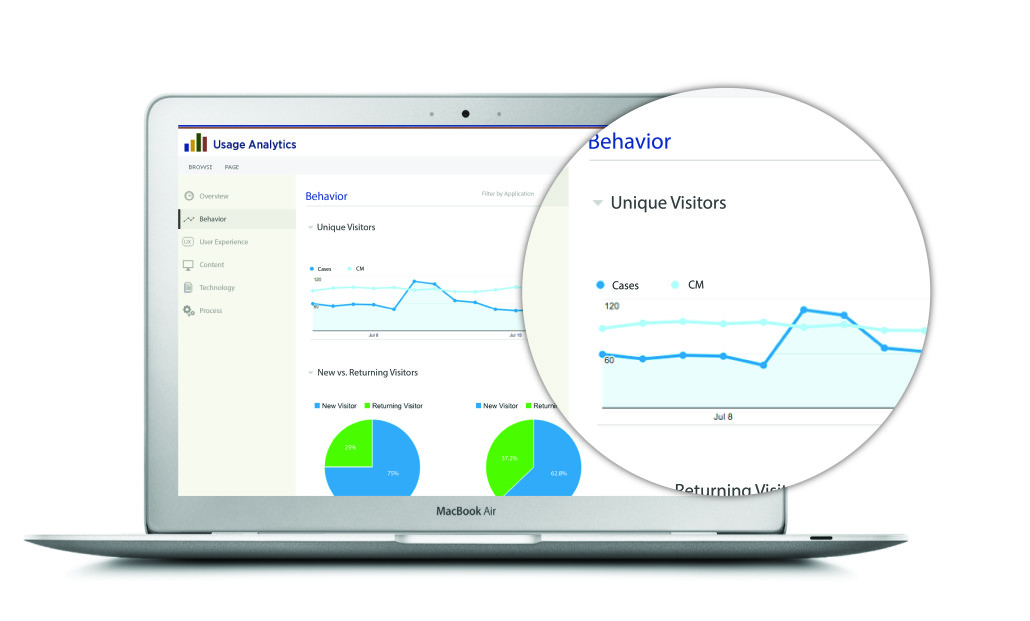SpinSys-Diné helped a DoD client gather intelligence on how their enterprise application portal applications deployed globally across numerous SharePoint farms. This information helped the client answer questions such as: Where were the portal applications being used? What data was being accessed? Who was requesting access? This information needed to be available in near real-time to allow executive management to understand the utilization and expenditures across the enterprise.
Data Volume Growth
Each one of the enterprise application portals was capturing an average of 300,000 to 400,000 thousand data metrics records daily. Due to space limitations, the servers were configured to maintain only 14 days of data despite governance and audit requirements that no data could be lost.
Decentralized Data
Each data center had multiple SharePoint farms deployed. Each farm created their own custom stove pipe auditing and governance solution and not all of the farms kept the same data or provided the same reports. In addition, each farm maintained different data retention policies.
No Standards For Analytics
Due to the complexity and growth value of the data in each farm, nearly 14 million transactions were collected over a period of two weeks. This grew, on average, at 1.5 times every two weeks due the increasing number of users on the applications in the farm.
SpinSys-Diné created a business intelligence application to provide access to analytics. The first step was to centralize the enterprise usage metrics into a single repository. This allowed the collection of data from each farm in near real-time, moving millions of records into a central data repository for analysis. Once the data was moved into the centralized location, each data center could view and maintain their own data retention policies guaranteeing that no data is lost.
The benefit of near real-time BI helped the customer utilize the data to make future decisions on investments as well as improve the user experience across the enterprise. Some other benefits include:
The solution included executive dashboards and analytics tools for analysts allowing them to cut and dice the data to answer a wide range of questions that could not be achieved by canned dashboards and reports.
The Analytics Explorer was developed with analysts in mind by providing online tools allowing analysts the ability to cut and dice data to answer a wide range of questions about the utilizations of applications across the enterprise as well as who and how users are accessing specific data. The Analytics Explorer allows analysts to access, format, and manipulate data without the need to write any code. By utilizing the power of Excel Services integrated with Microsoft SharePoint the Analytics Explorer is able to perform complex metrics and in-depth analysis against the multi-dimensional cube that contains the enterprise’s data within a matter of seconds.


